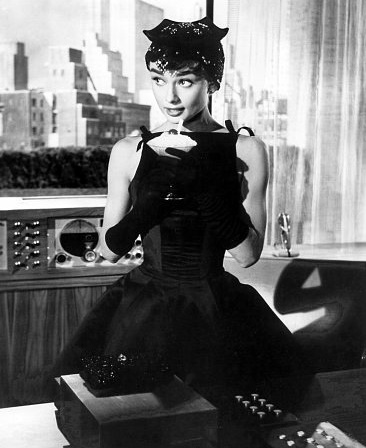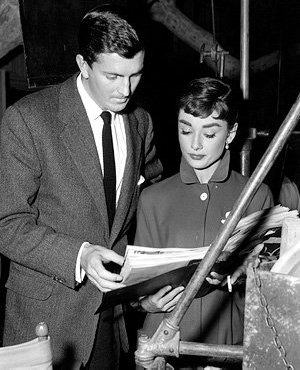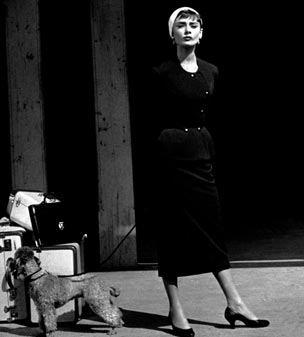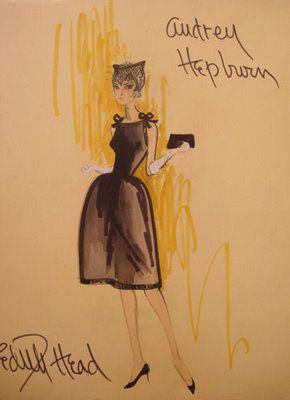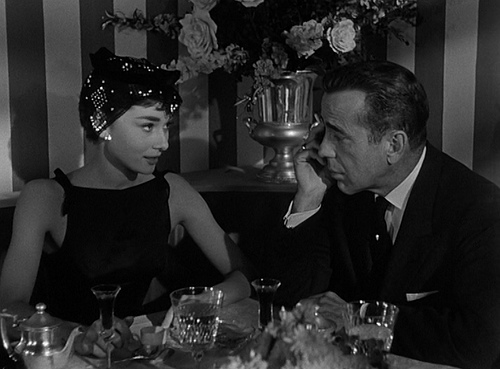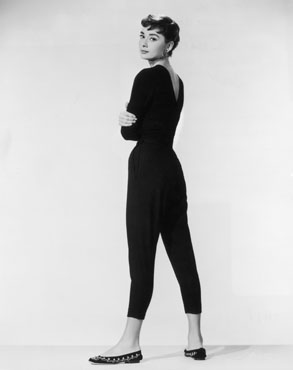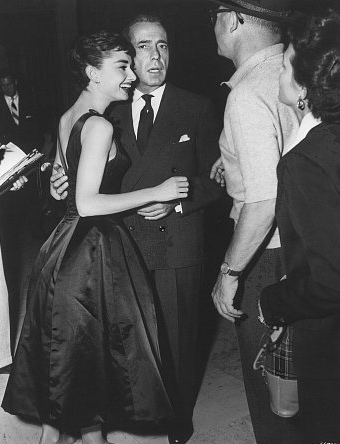
This week marks the 75th anniversary of the most cherished Christmas movie of all time – It’s a Wonderful Life. Frank Capra’s life-affirming fable of a suicidal everyman whose guardian angel shows him that the world would have been a poorer place without him is now regarded as the most uplifting of all feel-good films. For its legions of fans, it is as essential a part of the festive season as carols, cards and carving the turkey. These days, most people have heard of the film, even if they haven’t seen it, and many cinemas and TV channels screen the movie year-in, year-out as a Christmas tradition. Yet, at one point, this classic was in serious danger of sinking into obscurity.
When It’s a Wonderful Life premiered in New York on December 21, 1946, it was a major event heralded by big spreads in newspapers and magazines. The movie was the first film made by both its director, Frank Capra, and its charismatic star, James Stewart, since they had returned from serving in the Second World War, and many of the reviews were glowing. One reviewer wrote that it “melted the barnacles off my heart and left me feeling young and full of ideals again.”
Capra, who had felt that the story was a gem from the outset, was entitled to be disappointed, then, when the film failed to live up to expectations at the box office. Although movie lore has it that It’s a Wonderful Life was a flop when it first came out, it actually performed quite respectably – just not as well as anyone had hoped. Telegrams flooded in to Capra congratulating him on the film. Joan Crawford wrote: “Just saw It’s a Wonderful Life. It was magnificent. Bless you.” And William Holden’s said: “Thanks for making us stop to think that it is wonderful.” Nevertheless, at the box office the takings were unspectacular and its failure to win any of the Oscars for which it was nominated stuck in Capra’s craw.
Perhaps audiences just weren’t ready for the film. Released just two months after the end of the Nuremberg trials and with the horrors of the war still fresh in most minds, It’s a Wonderful Life – for all that it is often dismissed as sentimental “Capra-corn” – was, in its darkest moments, considerably darker than the usual Hollywood fare. James Stewart’s character, George Bailey, is literally on the brink of suicide (he’s poised to jump into the river) because he feels he has let his family and friends down. In 1946, movies didn’t entertain the notion of suicide, let alone show the hero attempting it, on Christmas Eve of all days.
Just as shocking, from the 1946 point of view, was the scene in which Bailey gets drunk and, sobbing into his double bourbon, begs God for help. Movie-goers had seen James Stewart playing a champagne-burping drunk in The Philadelphia Story, but here he was playing a man driven to drink by gut-wrenching, raw despair.
In the run-up to the film’s release, Capra said: “People are numb after the catastrophic events of the past ten to 15 years. I would not attempt to reach them mentally through a picture, only emotionally.” And he certainly put his audience on an emotional rollercoaster with this one: the plunges into the pits of despair are more than balanced out (if not, like the horrors of childbirth, blotted out) by the ecstatic climax of the film – the wild jubilation of the hero as he realises the value of his life, the overwhelming outpouring of support and love, and the final message of “No man is a failure who has friends”.
The story behind the film echoes the “second chances” theme of the movie itself. Ironically, it was television which, in the early 1950s was blamed for wiping out cinemas audiences, which gradually came to be the film’s guardian angel. TV kept the film in circulation and introduced successive generations to its delights. It developed a cult following, and, by the late 1970s, converts in America – where it was shown much more often than here – were holding It’s a Wonderful Life parties. Watching it became an event; it was one to watch in company and preferably during the festive season.
The film’s second life was also the result of the copyright lapsing in 1973. It was such a neglected movie, and had been passed around among so many different companies, that it was allowed to slip into the public domain. This meant that not only could TV stations show it for nothing, but that clips from it could be pinched by filmmakers and used in their movies by way of homage – or to boost the feel-good factor of their own films. These tantalising snippets helped to pique the interest of viewers who were starting to hear about this quirky festive film. It was only in the mid-1980s, as the video took off that It’s a Wonderful Life took its place as a mainstream classic.
Of course, the main reasons for the film’s longevity and popularity are there for all to see in the two hours of screen time. It’s an inspired and daring blend of comedy, fantasy and tragedy. It appeals to children and adults alike. It boasts a tour-de-force performance by James Stewart and a supporting cast of such unforgettable, beautifully nailed, characters as his hapless guardian angel, Clarence Oddbody (Henry Travers), his loving wife, Mary (Donna Reed), his hapless uncle Billy (Thomas Mitchell), his Scrooge-like nemesis, Mr Potter (Lionel Barrymore), and the kind old pharmacist, Mr Gower (HB Warner). It offers hope and it restores or reinforces our faith in our fellow man. Now in its eighth decade, and better loved than ever, It’s a Wonderful Life is proof positive that second chances are always worth taking. Attaboy Capra!

